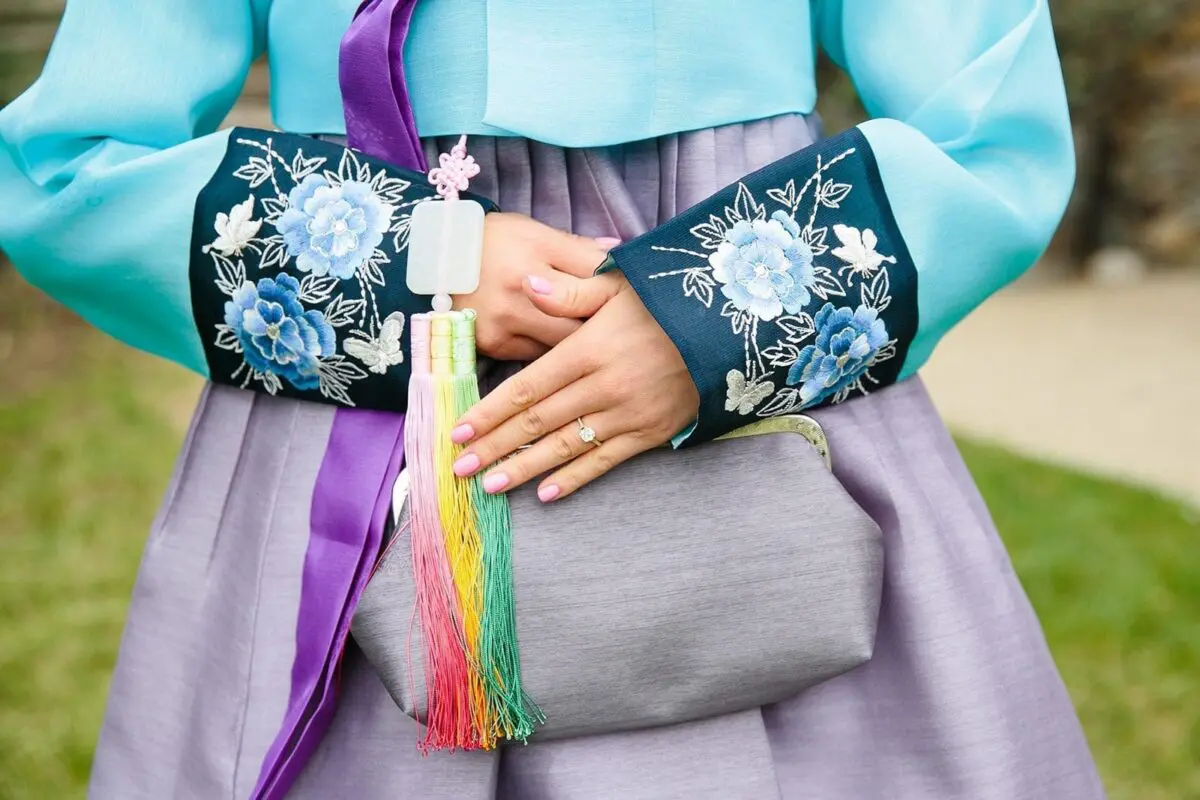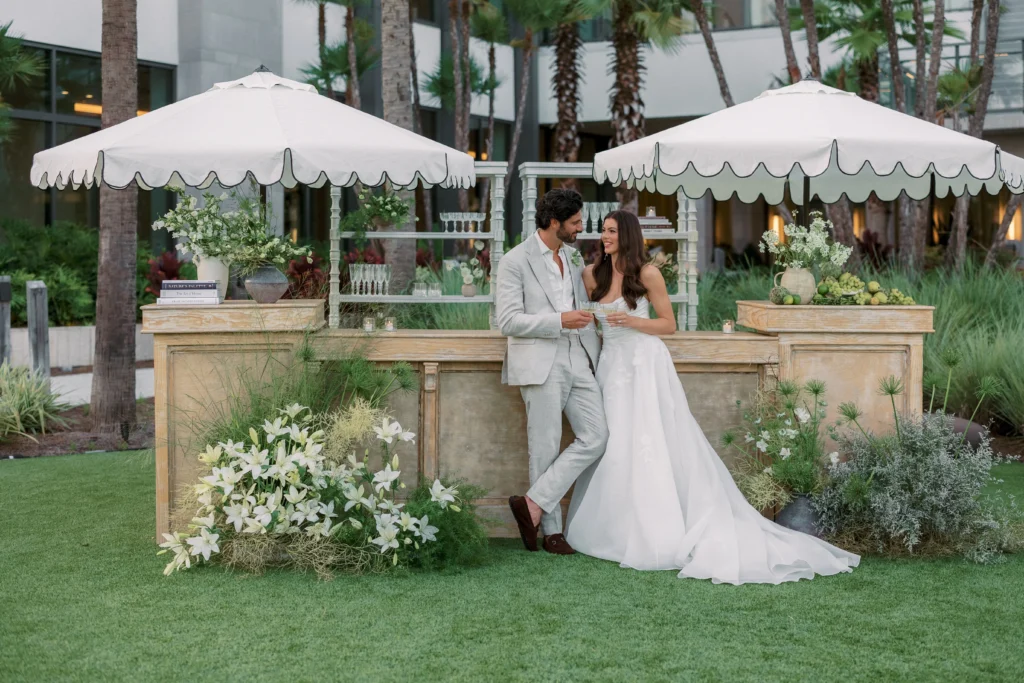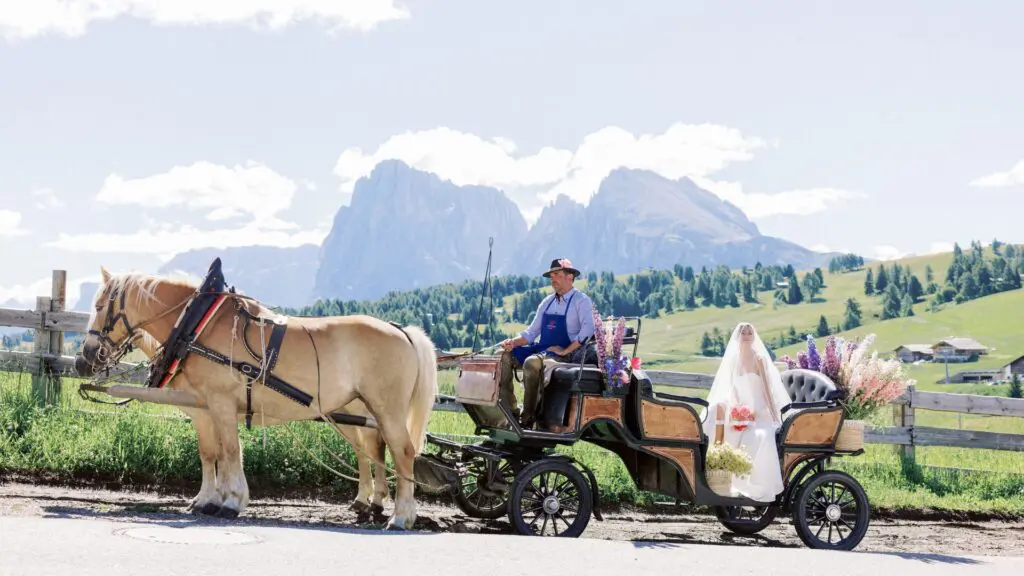There’s a neighborhood in Los Angeles called Koreatown. The largest population of Koreans outside of Korea is in Los Angeles. As a result, we’ve been a part of planning dozens of Korean weddings. Here’s a list of our favorites and everything you need to know about Korean wedding customs & traditions.
A Union of Families, Not Just of the Bride + Groom
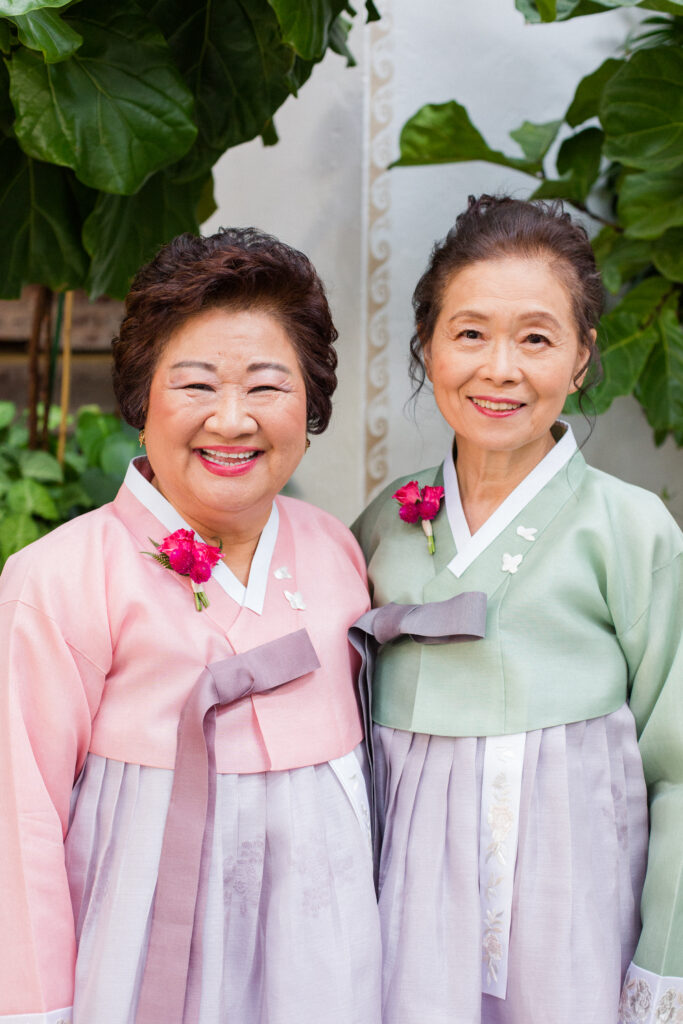
A Korean wedding is symbolic of more than just the union of two people. The marriage represents two families coming together as one. As a result, parents from both families take active participation in many aspects of the wedding. Parents wear special attire, give and receive special gifts, and provide many blessings to the bride and groom throughout the festivities.
The Bride + Groom’s Attire
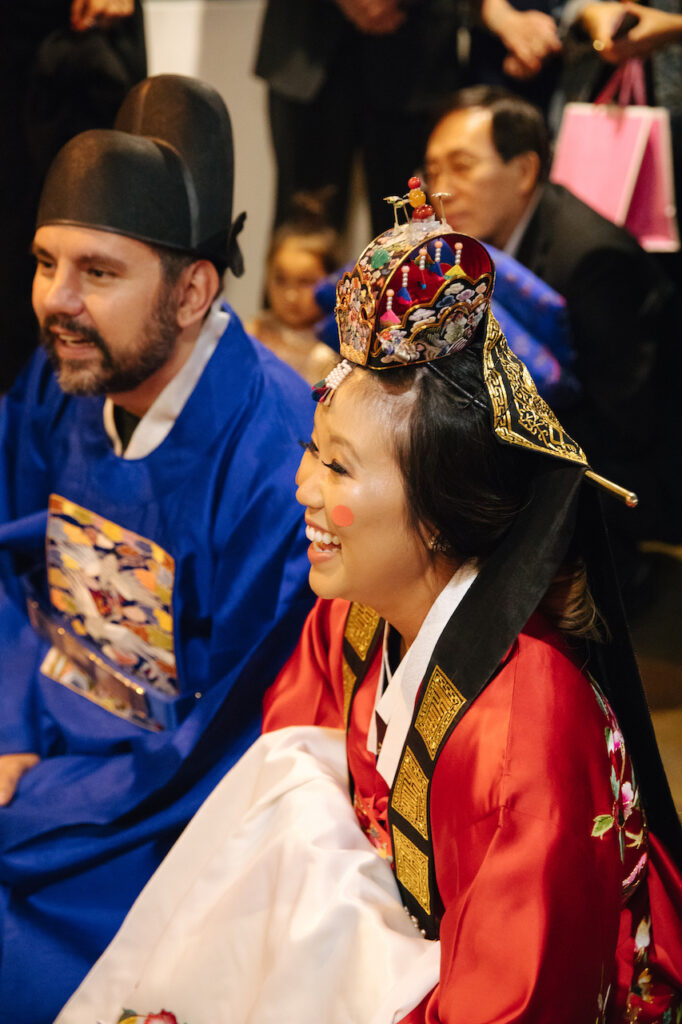
For a traditional Korean wedding, the bride and groom will wear specific colors. The bride will typically wear red, and the groom will wear blue to symbolize the Confucian idea of yin and yang. A yin color (blue) is meant to bring healing and relaxation, and a yang color (red) provides enthusiasm and active energy. Together, the energy is balanced.
Red dots the size of coins are painted on the bride’s cheeks to ward off evil spirits. Today, many Korean American brides opt to wear white and might change into a traditional dress, called a hanbok, for certain ceremonies of the day.
Family + Guest Attire
The bride and groom’s mothers will also wear specific colors to symbolize their familial relationship with the bride and groom. The groom’s mother will typically wear a light blue hanbok specifically designed for the wedding ceremony. The bride’s mother will traditionally wear pink, purple, or another pastel. Some wedding guests may also choose to wear a hanbok; however, it’s common nowadays, especially in America, for wedding guests to wear non-traditional, modern attire to the event as well.
Cash Gifts
If you’re invited to attend a Korean wedding, our suggestion is to bring cash as a gift. Similar to other cultures, the amount given varies depending on the social status of the gift-giver and their relationship to the bride and groom.
Two Become One
At the beginning of the marriage ceremony, the bride and groom wash their hands. This act is symbolic of the purification of their bodies for the marriage ritual ahead. The bride and groom then each drink wine from a halved gourd made by the mother of the bride. When the wine is finished, the gourd is then put together and placed on the ceremony table. The gourd split into equal halves symbolizes two becoming one.
Wild Geese (Mandarin Duck)
Traditionally, a wild goose (alive!) would be given as a gift from the groom to his new mother-in-law on the wedding day, at the beginning of festivities. Wild geese mate for life, and the gift is symbolic of his good intentions to fulfill the duties of marriage. More generally, wild geese represent harmony and love between a husband and wife. Today, a wooden goose or duck is more commonplace as a gift, and often displayed in the bride and groom’s new home as a symbol of their commitment to each other.
Pyebaek Ceremony
After the official marriage ceremony, the bride and groom, along with their families, are part of a smaller ceremony called the Pyebaek ceremony. This ceremony is traditionally limited to family only; however, modern couples may choose to include a larger group of guests. For example, we’ve had couples hold their Pyebaek ceremony during cocktail hour so guests could view the festivities and learn more about the Korean culture while sipping on cocktails.
Dates + Chestnuts
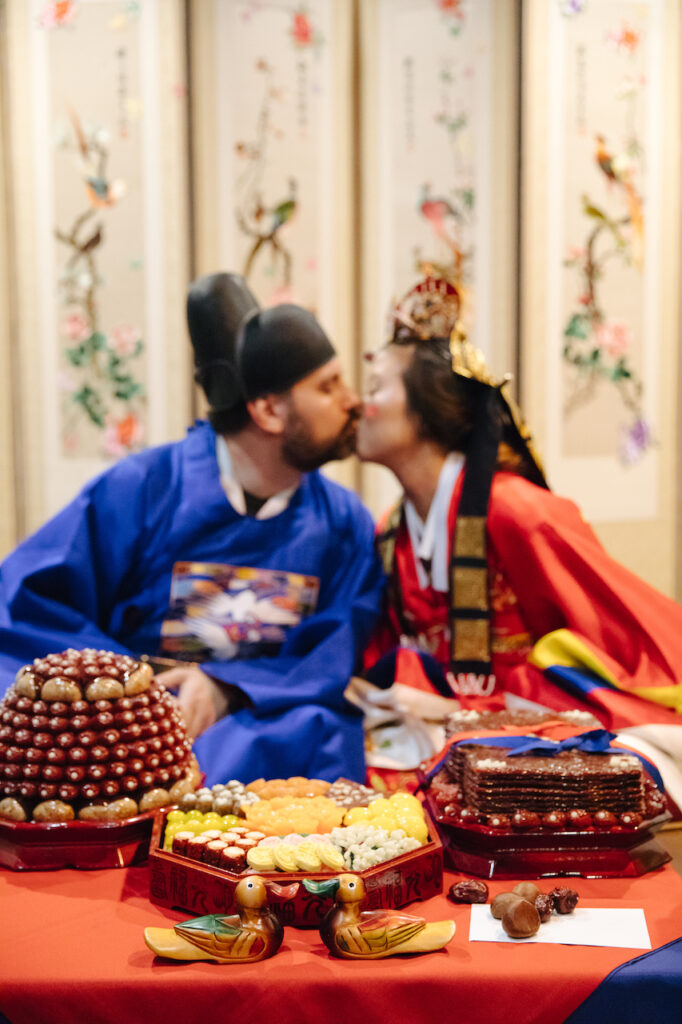
During the Pyebaek ceremony, the bride gives the parents of the groom, her new in-laws, Korean dates (jujubes), and chestnuts as a gift. The dates and chestnuts are symbolic of the couple’s future children and the bride’s goodwill to create a family with her new husband. Later in the ceremony, the bride’s new in-laws toss the dates and chestnuts at the bride while she attempts to catch them in the skirt of her hanbok. The caught number signifies the number of children the couple will be blessed with.
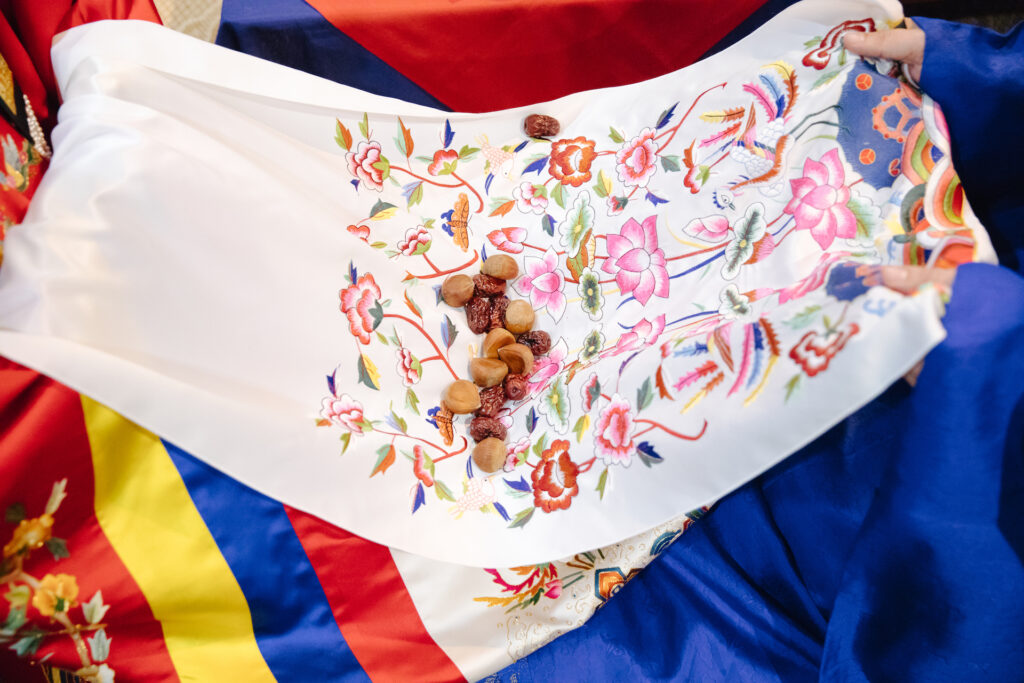
More International Wedding Customs & Traditions We Love
Sentimental Wedding Traditions From Around the World
It’s so interesting to read (and write!) about wedding traditions that different cultures embrace. We hope this interests you, as well!

Contributed by Brooke Avishay, the owner and founder of Orange Blossom Special Events. A premier wedding planning production and design company located in Los Angeles.
Featured image courtesy of Billye Donya Photography.

